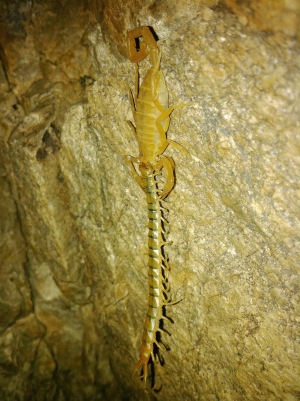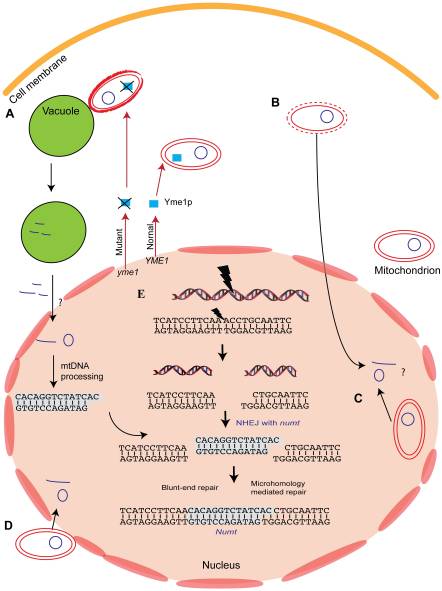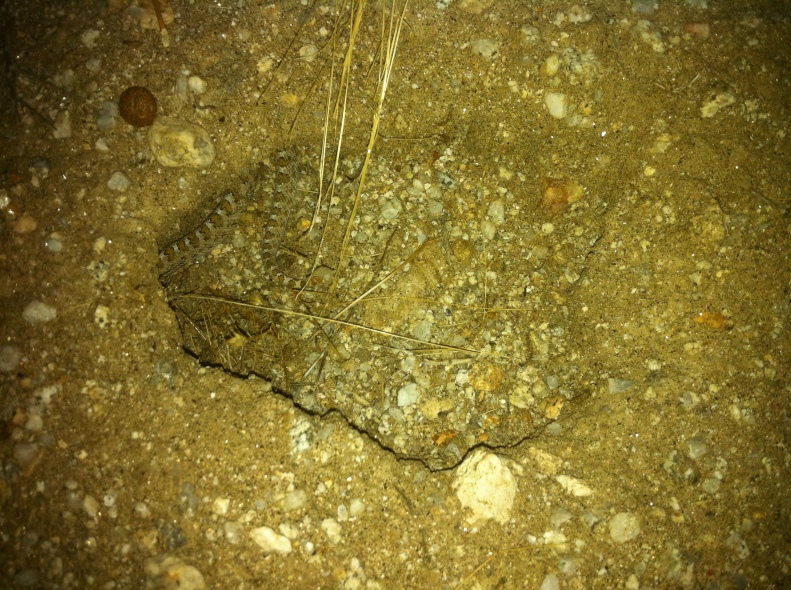 Article 1
Article 1
Graham, M.R., R.W. Bryson & B.R. Riddle. 2014. Late Pleistocene to Holocene distributional stasis in scorpions along the Baja California Peninsula. Biological Journal of the Linnean Society. Early View (LINK)
ABSTRACT: The biota of the Baja California peninsula (BCP) assembled in response to a complex history of Neogene tectonics and Quaternary climates. We constructed species distribution models (SDMs) for 13 scorpion species from the BCP to compare current suitable habitat with that at the latest glacial maximum about 21 000 years ago. Using these SDMs, we modelled climatic suitability in relation to latitude along the BCP. Our SDMs suggested that most BCP scorpion distributions have remained remarkably conserved across the latest glacial to interglacial climatic transformation. Three areas of climatic suitability coincide remarkably well with genetic discontinuities in other co-distributed taxa along the BCP, indicating that long-term persistence of zones of abrupt climatic transition offer a viable alternative, or synergistic enhancement, to hypotheses of trans-peninsular seaways as drivers of peninsular divergences.
Article 2
Webber, M.M. & M.R. Graham. 2013. An Arizona bark scorpion (Centruroides sculpturatus) found consuming a venomous prey item nearly twice its length. Western North American Naturalist, 73:530–532. LINK
ABSTRACT: Arizona bark scorpions (Centruroides sculpturatus Ewing) are commonly found throughout the Sonoran Desert in southwestern North America, and they are well known for being the most venomous scorpion in the United States. Despite their medical significance, C. sculpturatus remains ecologically understudied, and little is known regarding its natural foraging and feeding behaviors. Here, we present the first documented case of C. sculpturatus feeding on the Sonoran Desert centipede (Scolopendra polymorpha Wood) in the wild.





